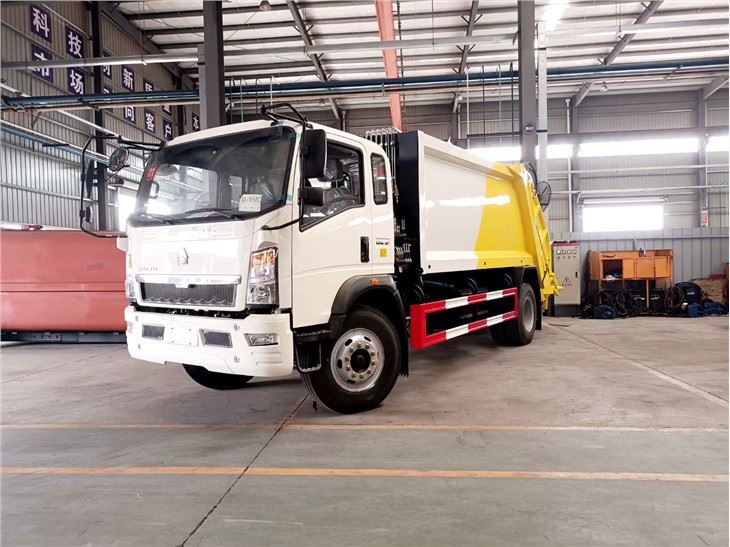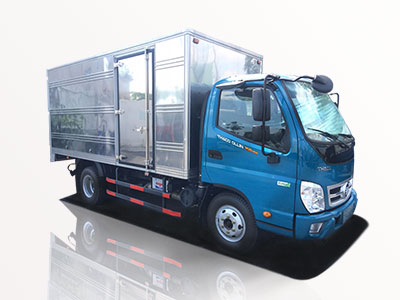When it comes to the trucking industry, one of the most crucial factors that affect operational efficiency is the fuel tank capacity of semi trucks. Truck drivers and fleet managers need to understand how fuel capacity impacts overall performance, cost management, and travel efficiency. This article delves deep into the various aspects of semi truck fuel tank capacity, offering insights, practical tips, and answers to frequently asked questions about the topic.
What Is Semi Truck Fuel Tank Capacity?
Semi truck fuel tank capacity refers to the amount of fuel a semi truck can hold in its fuel tanks. Standard capacities typically range from 100 to 300 gallons depending on the truck model and configuration. The fuel tank setup may also vary based on the truck’s intended use, routes, and regulatory requirements.
Importance of Fuel Tank Capacity
Understanding fuel tank capacity is vital for several reasons:
- Travel Range: A larger fuel tank allows trucks to cover longer distances without frequent refueling, reducing downtime during long hauls.
- Cost Efficiency: By optimizing fuel capacity, fleet managers can minimize the number of stops, saving on fuel costs and labor.
- Regulatory Compliance: Some states have regulations regarding cargo weight and vehicle specifications, making proper fuel tank capacity essential.
Standard Fuel Tank Capacities of Common Semi Trucks
Different manufacturers offer varying tank capacities based on the design and purpose of their trucks. Here’s a look at standard capacities from some popular brands:
| Truck Make/Model | Standard Capacity (Gallons) |
|---|---|
| Freightliner Cascadia | 100 – 300 |
| Volvo VNL Series | 100 – 300 |
| Peterbilt 579 | 100 – 200 |
| Kenworth T680 | 100 – 300 |
| International LT Series | 100 – 200 |
Fuel Tank Variations
Fuel tanks are available in different configurations, such as:
- Single Fuel Tank: Generally available on lighter models; ideal for short-haul operations.
- Dual Fuel Tanks: Common in long-haul trucks, allowing for extended range without needing to stop frequently.
- Custom Fuel Tanks: Customized tanks are available for specialized applications to meet specific needs.
Factors Affecting Fuel Tank Capacity
Truck Design and Configuration
The design and configuration of a truck greatly influence its fuel tank capacity. Some trucks are designed for aerodynamics, which can limit tank size but improve fuel efficiency.
Weight Regulations
Regulatory weight limits play a significant role in determining fuel tank size. Heavier fuel tanks can lead to exceeding weight limits when fully loaded with cargo.
Distance and Route Requirements
Long-haul routes typically require larger fuel capacities. Fleet managers must assess mileage and the availability of fueling stations on planned routes.
How to Choose the Right Fuel Tank Capacity for Your Needs
Assessing Travel Needs
Understand the daily travel requirements. If the average distance traveled is less than 300 miles, a smaller tank may suffice. For longer distances, larger tanks are warranted.
Understanding Fuel Efficiency
Fuel efficiency impacts how often a truck will need to refuel. A more fuel-efficient truck may benefit from a smaller tank without sacrificing travel distance.
Fueling Strategies for Maximizing Efficiency
Optimal Refueling Practices
To maximize efficiency, consider the following:
- Plan Fuel Stops: Use navigation systems to plan stops at the most convenient and economical fueling stations.
- Monitor Fuel Levels: Regularly check gauge readings to avoid running low during trips.
- Utilize Fuel Cards: Take advantage of fuel cards that offer discounts at select stations.
Adopting Efficient Driving Techniques
Adopting eco-friendly driving practices can significantly impact fuel consumption:
- Maintain Steady Speeds: Avoid rapid accelerations and excessive braking to improve fuel mileage.
- Reduce Idling Time: Turn off the engine during long stops to conserve fuel.
Common Challenges with Fuel Tank Capacity
Weight Management Issues
A larger fuel tank can create problems with weight management, especially when hauling heavy loads.
Space Limitations
Not all truck models have the space or structural capability to support varying fuel tank sizes, limiting options for fleet managers.
Future Trends in Semi Truck Fuel Tank Technology
Alternative Fuel Options
As the industry moves toward greener alternatives, innovations in fuel technology may lead to changes in tank capacity and design.
Smart Fuel Monitoring Systems
Advanced technologies now include smart fuel monitoring systems capable of predicting fuel needs based on driving patterns, ensuring optimal fuel management.
Maintenance Tips for Semi Truck Fuel Tanks
Regular Inspections
Perform regular inspections to detect leaks or corrosion in the fuel tank. Addressing issues early can prevent costly repairs.
Tank Cleaning
Occasionally clean fuel tanks to eliminate sediment build-up that can affect performance. Follow manufacturer guidelines for the best practices.
FAQ Section
What is the average fuel tank capacity of a semi truck?
The average fuel tank capacity of a semi truck typically ranges from 100 to 300 gallons, depending on the truck model and its intended use.
How can I calculate the fuel range based on tank capacity?
To calculate the fuel range, multiply the fuel tank capacity by the average fuel efficiency (miles per gallon) of the truck.
Do larger fuel tanks affect truck performance?
Yes, larger fuel tanks can impact truck performance by increasing total weight and influencing weight distribution, potentially affecting handling and fuel efficiency.
Can I install a custom fuel tank on my semi truck?
Yes, custom fuel tanks can be installed, but it is essential to ensure that they comply with local regulations and fit the truck’s design.
What maintenance does a fuel tank require?
A semi truck’s fuel tank requires regular inspections for leaks or corrosion, and periodic cleaning to prevent sediment build-up in the tank.
How does a dual fuel tank setup benefit long-haul trucking?
A dual fuel tank setup allows drivers to cover longer distances without frequent refueling, thereby reducing downtime and increasing operational efficiency.






